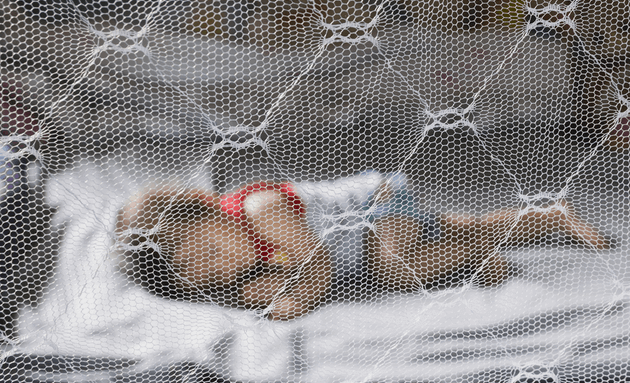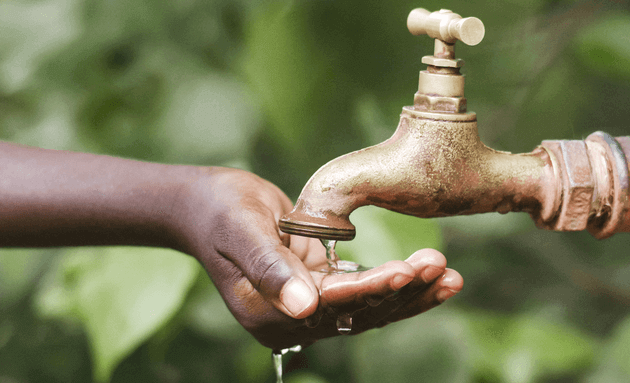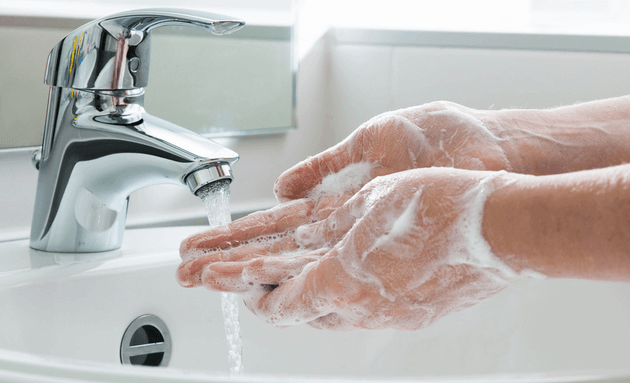Monsoon Illnesses in India - All You Need To Know

India typically experiences its annual Monsoons between the months of July to September. As refreshing as it may feel, the onset of the rains bring with them a host of diseases and infections that can pose a serious range of health threats for you and your family.
The good news, however, is that staying healthy during these months can be as simple as taking the right precautionary measures at the right time. Read more to know how you can stay safe and healthy this monsoon.
Why Do Diseases Spread Faster in the Monsoon?

Your risk of being exposed to multiple viruses, bacteria, and other infections is two times higher during the monsoon than in any other season. The high moisture content in the air enables harmful microorganisms to thrive, resulting in the transmission of a number of diseases.
Many of these monsoon diseases remain undiagnosed until they affect a major health aspect negatively. Early diagnosis and a few basic preventive and hygiene measures can keep you stay safe during this deadly season of diseases in India.
What Are the Most Common Monsoon Diseases in India?
The most common diseases during monsoons are transmitted through 4 major mediums: mosquitoes, water, air, and contaminated food. Here’s what you need to know about them:
A. Mosquito-borne diseases

Monsoons are the breeding season for mosquitoes and mosquito-borne diseases. India bears a huge burden of mosquito-borne diseases, contributing 34% of global dengue and 11% of global malaria cases.
- Malaria, caused by a single-celled parasite called Plasmodium, is one of the major health concerns in India during monsoons. It is the breeding season for mosquitoes (type: Anopheles minimus) that is a host to this malaria-causing parasite. This species of mosquito breeds in water channels and streams and is accompanied by high fever (up to 105-degree C) for several days.
- Dengue-causing Aedes aegypti mosquito breeds in stagnant water (such as in buckets, drums, flower pots, wells, and tree holes). With the change in landscapes and urbanisation, these organisms have adapted themselves and are now found in urban homes as well. The incubation period of dengue fever is four to seven days after being bitten, and the first signs include fever and fatigue.
- Chikungunya, caused by the Aedes albopictus mosquito, is a non-fatal viral disease. These mosquitoes breed in stagnant water and can bite you not only during the night but also during the day. ‘Chikungunya’ means that which bends up and is called so because of its distinct arthritic symptoms (pain in the joints and bones, stiffness).
How to Stay Safe from Mosquito-borne Diseases This Monsoon
Malaria, Dengue, and Chikungunya come with high fever, chills, body aches, and fatigue. If you notice any of these symptoms, consult a doctor immediately. However, you can also follow these precautionary measures as monsoons begin:
- Use mosquito nets in your house
- Don’t allow water to stagnate or collect anywhere in and around the house
- Maintain hygiene and wash your bathrooms regularly
- Use mosquito repellants/creams before stepping out of the house
B. Water-borne Diseases

According to the World Health Organisation (WHO), more than 3.4 million people are affected by water-borne diseases in India. Children are the easiest victims because of a developing immune system that is prone to contracting diseases. The most common water-borne diseases are:
- Typhoid, caused by S. Typhi bacteria, is a water-borne disease that spreads because of poor sanitation. Eating uncovered or spoilt food and drinking contaminated water are the two major causes of typhoid. Symptoms include fever, headache, joint pain, and sore throat.
- Cholera, also caused due to poor sanitation and consumption of contaminated food, is accompanied by diarrhoea or loose motions.
- Leptospirosis, also known as Weil’s Syndrome, is caused due to contact with dirty water or muck/mud during the monsoons. It is accompanied by shivers, muscle pain, headache, and fever. In case you have suffered a cut or bruise, ensure you keep it covered before stepping out of your home.
- Jaundice, a water-borne disease, is contracted through contaminated food and water, and poor sanitation. It causes liver dysfunction, along with symptoms like weakness and fatigue, yellow urine, yellowing of eyes, and vomiting. June 2019 witnessed 38 alleged cases of jaundice in Cuttack, Orissa, and is believed to have been caused due to poor sanitation systems in the state.
- Gastro-intestinal infections, like vomiting, diarrhoea, and gastroenteritis are caused due to the consumption of stale, uncovered, or contaminated food and water. It is advised to boil water before drinking and keep all foods covered before consumption to avoid stomach infections.
- Hepatitis A is a viral infection that spreads from contaminated food and water. It can inflame and damage your liver and exhibit symptoms like fatigue, fever, tenderness in the stomach, yellow eyes, dark-coloured urine, and a sudden loss in appetite.
How to Stay Safe from Water-borne Diseases This Monsoon
Here are a few preventive and precautionary measures you can take to stay safe from water-borne diseases:
- Always boil water and wash fruits and vegetables thoroughly before consumption
- Keep your foods covered at all times and avoid consumption of outside food
- Ensure personal and environmental hygiene is maintained at all times (carry a hand sanitizer or wash your hands often)
- Ensure open drains and potholes in your locality are covered
- Get your children vaccinated if they are not already
C. Air-borne Diseases

Monsoon brings with it multiple air-borne infections that are transmitted by tiny pathogens (disease-causing viruses) through the air, resulting in the common flu, viral fever, cold, cough, and sore throat. They are mostly mild and can cause minor infections in adults. However, due to a weak or developing immune system, senior citizens and children are more prone to infections during this season. The most common air-borne diseases are:
- Cold and flu, the most common viral infection, is caused due to the sudden fluctuations in temperatures during the monsoon. A weak immune system makes us more prone to contracting these minor infections and is accompanied by a runny nose, sore throat, watery eyes, fever, and chills.
- Influenza, commonly known as the seasonal "flu", spreads easily from person to person and is essentially transmitted through the air.
How to Stay Safe from Air-borne Diseases This Monsoon
Air-borne diseases are most easily transmitted from person-to-person. A few precautionary measures will ensure a happy and flu-free monsoon:
- Cover your mouth and nose while coughing or sneezing
- Drink warm water every few hours and carry your own boiled drinking water
- Keep your children away from people who are already infected and ensure they wash their hands and feet thoroughly once home from outdoors
- Ensure your homes are well- ventilated at all times
General Health and Wellness Tips for the Indian Monsoon

Excessive moisture content in the air during monsoons may increase fungal and bacterial activity, resulting in a range of skin and hair issues. Pimples, rashes, allergies, hair fall, and dandruff are among the common issues you may face during this season.
So, here are some things you can do to stay safe in the Indian monsoon:
- Keep yourself hydrated at all times - ensure you drink only boiled water, and avoid drinking anything outside
- Follow a strict personal hygiene routine at all times to avoid fungal infections
- Wear full-sleeved and light clothes to protect your skin
- Eat a balanced diet and keep your immune system strong.
- Consume freshly-washed, boiled vegetables, reduce your intake of fats, oils, and sodium, and avoid dairy products as they can contain microorganisms that are harmful to your health
- Bonus Tip: Eat light meals, and wash your vegetables and fruits with vinegar as an acidic medium can help eliminate any harmful bacteria present in your foods.
As much as we all love the monsoons and the respite it brings, it’s best to stay informed and protect ourselves from these common monsoon diseases in India. Avoid self-diagnosis and over-the-counter medication if you observe any of the above-mentioned symptoms, and consult your general physician immediately.






